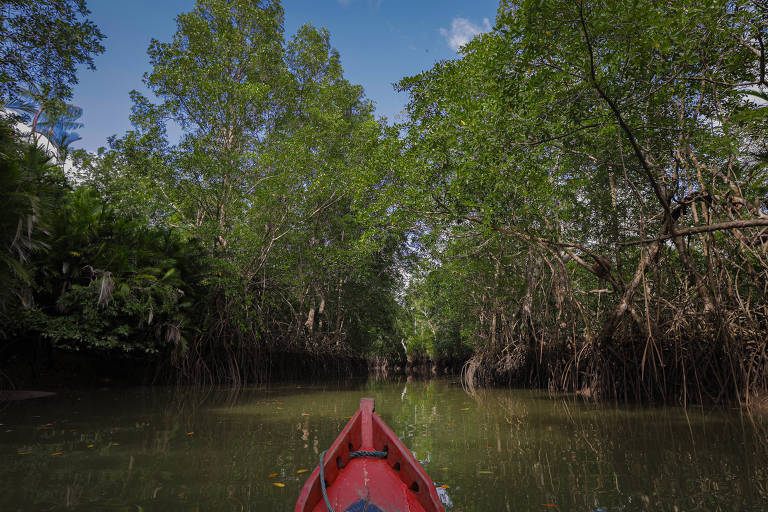The Amazon is a diverse biome, with several distinct ecosystems. Among them, mangroves are little known but no less important for the environment: it is in northern Brazil where the largest continuous stretch of mangroves in the world is found.
In addition to being more extensive, Amazonian mangroves are the best preserved. Less than 1% of all mangrove areas in the region, which is about 7,800 km2, have suffered devastation in recent years. Mangroves extend from Amapá to Maranhão, passing through the coast of Pará. And much of this conservation is due to the presence of traditional communities.
Mangroves provide food and income for quilombolas, riverside dwellers, fishermen, and indigenous peoples. Additionally, they are an important site for carbon dioxide capture, which helps combat global warming.
Traditional communities are at the forefront of mangrove protection since they depend on them for their livelihoods — a set of 14 adult crabs is sold for R$10, according to Roseti de Araújo, president of the Remnant Quilombola Association of America.
